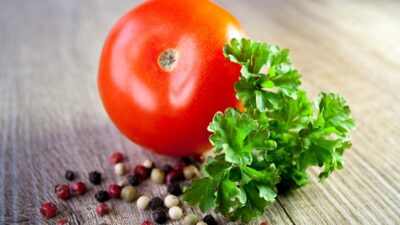The kitchen, often referred to as the heart of the home, is a space where families gather, meals are prepared, and memories are made. The colors you choose for your kitchen can significantly influence not just its aesthetic appeal but also the emotional atmosphere of the space. Understanding the psychology of color can help you create an inviting environment that enhances both functionality and comfort.
The Impact of Color Psychology
Color psychology is the study of how colors influence perceptions, feelings, and behaviors. Different hues evoke various emotional responses, making the choice of color in your kitchen a crucial element in creating the ambiance you desire.
Warm Colors: Energizing and Inviting
Warm colors, such as reds, yellows, and oranges, are often associated with energy, warmth, and happiness. These shades can create a vibrant environment that’s perfect for social interactions.
-
Red: Stimulates appetite and encourages conversation, making it a great choice for casual dining areas. However, too much red can be overwhelming, so consider it in accent pieces or on one wall.
-
Yellow: Bright and cheerful, yellow can make your kitchen feel sunlit and welcoming. It’s perfect for smaller spaces where you want to create a sense of openness.
- Orange: Combining the energy of red and the cheeriness of yellow, orange serves up a lively space that inspires creativity—ideal for the culinary enthusiast!
Cool Colors: Calming and Relaxing
Cool colors, like blues, greens, and purples, offer a different emotional response. They tend to evoke feelings of calmness and tranquility, making them excellent choices for a serene cooking environment.
-
Blue: Often associated with tranquility and stability, blue can lower heart rates and promote an overall sense of peace. Lighter shades can make your kitchen feel airy, while darker blues add sophistication.
-
Green: Symbolizing nature and renewal, green brings a refreshing vibe to kitchens. It can inspire a focus on fresh ingredients, aligning with the increasing trend toward sustainability and healthy living.
- Purple: While not commonly used, purple can add a touch of luxury and creativity to the kitchen. Softer lavender tones can invoke a sense of calm, while deeper purples add richness.
Neutral Colors: Timeless and Versatile
If you’re looking for a timeless backdrop that can adapt to any style, neutral colors such as whites, grays, and beiges are ideal.
-
White: Bright and clean, white makes spaces appear larger and more open. It’s also versatile and pairs well with any accent color, although it can sometimes feel sterile if not accented with warmth.
-
Gray: A sophisticated choice, gray can range from warm tones to cool taupes, making it a flexible option in modern designs. It provides a chic backdrop that allows colorful elements—like utensils or decorative features—to stand out.
- Beige: A soft, warm neutral, beige exudes comfort and coziness, and pairs beautifully with wood tones and earth colors, creating an inviting atmosphere.
Practical Considerations
When selecting a color for your kitchen, it’s essential to consider the space’s natural light and the overall design of your home.
-
Lighting: Colors can change dramatically under different lighting conditions. Always test paint samples in varying lighting throughout the day before making a decision.
-
Functionality: Consider the activities that take place in your kitchen. If it’s a space for heavy cooking, you might want a color that hides stains or faults more effectively.
- Open Concept: In open-concept designs, select colors that flow seamlessly into adjacent spaces while catering to individual vibes and functions.
Conclusion
Choosing the right color for your kitchen is more than a design decision; it’s a way to shape the emotional landscape of your home. By understanding the psychology of colors, you can create a space that not only looks beautiful but also feels inviting and emotionally supportive. Consider your lifestyle, the atmosphere you wish to create, and, most importantly, the hues that resonate with you. Ultimately, a carefully chosen palette can transform your kitchen, ensuring it remains a true heart of the home.



